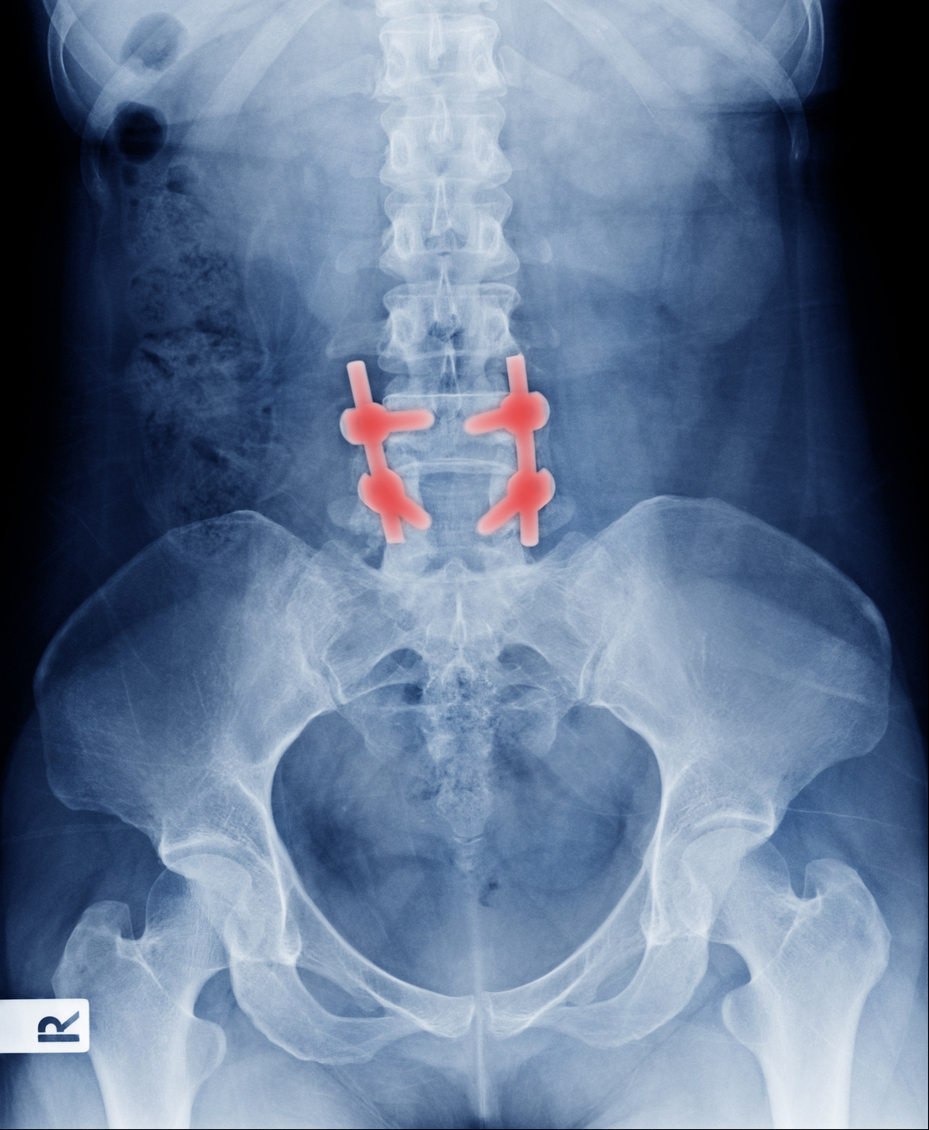Laminectomy
Laminectomy is a surgery performed to treat back pain by removing a lamina or bone spur of the spinal vertebrae. This reduces the compression or pressure on the spinal nerve root. The most common laminectomy performed to relieve lower back pain is called Lumbar Laminectomy.



